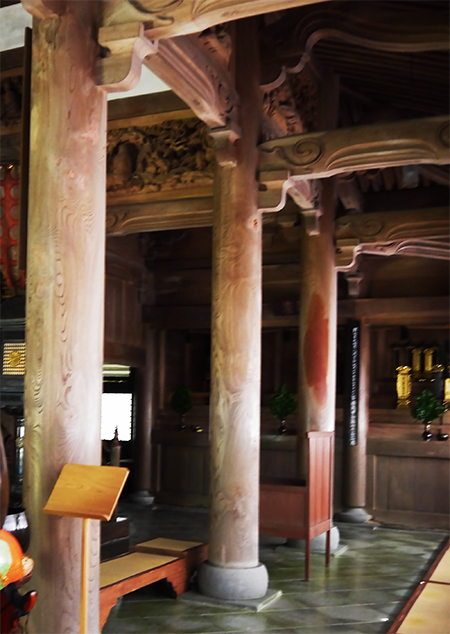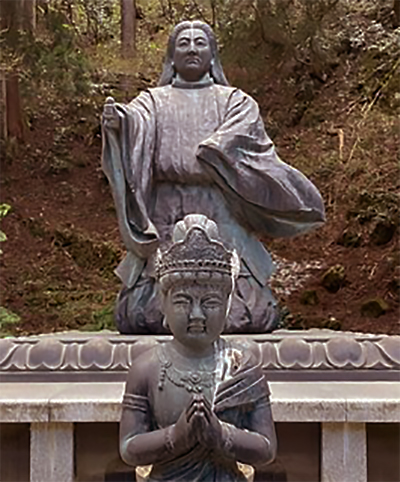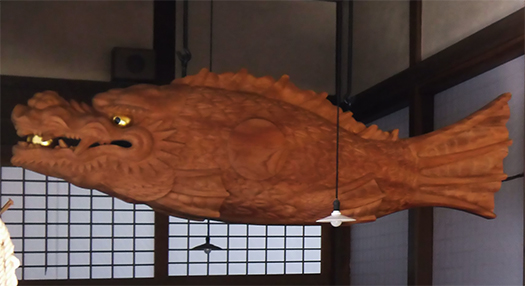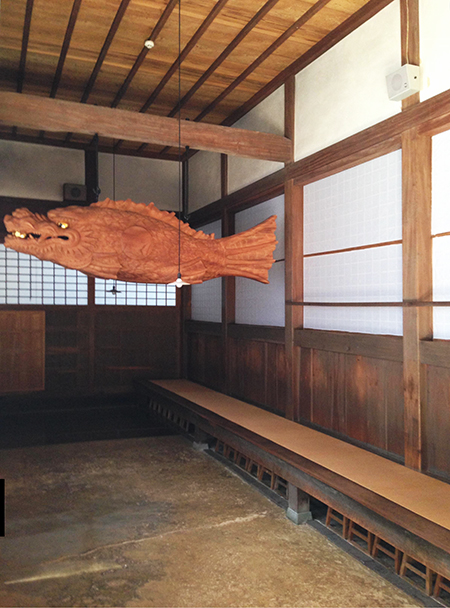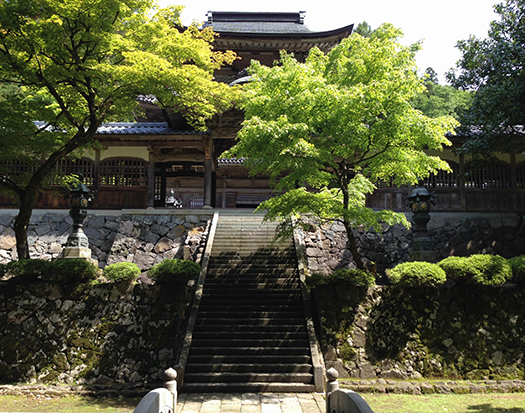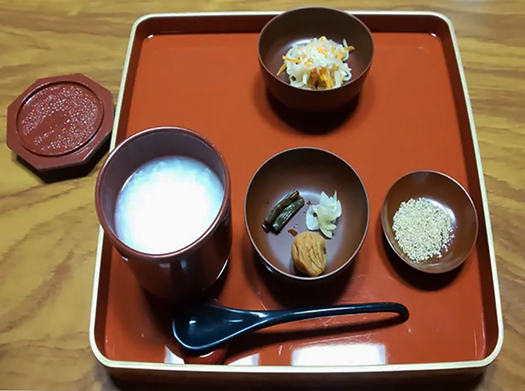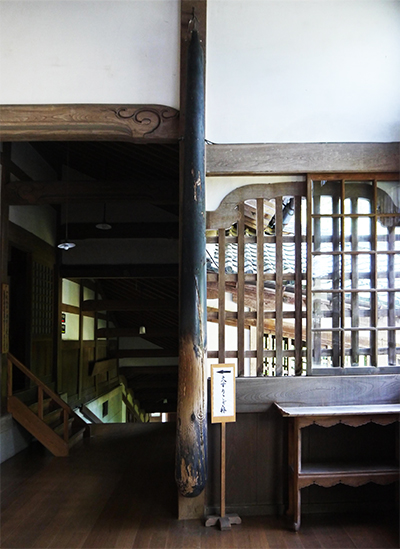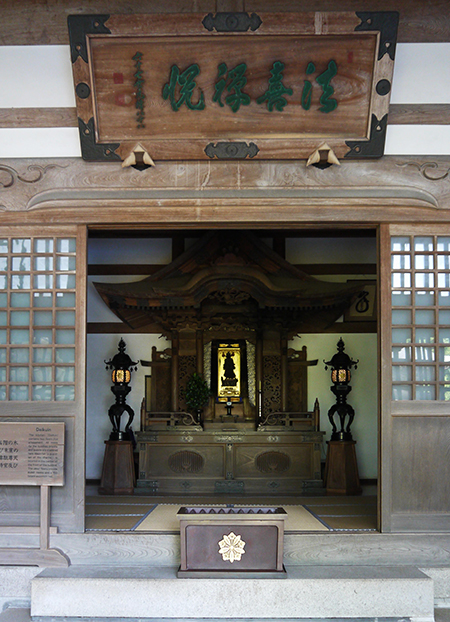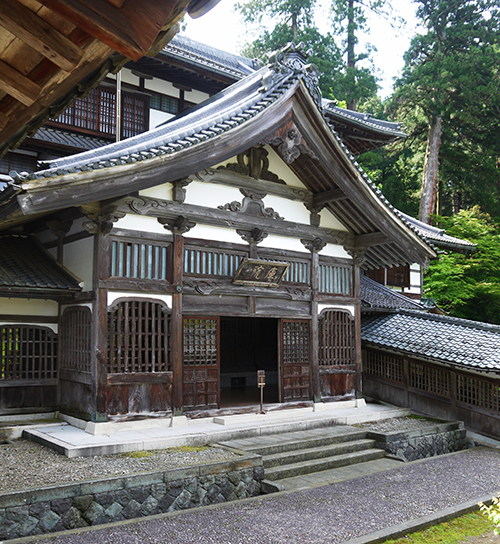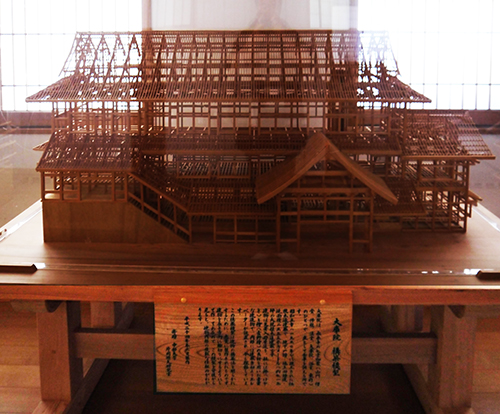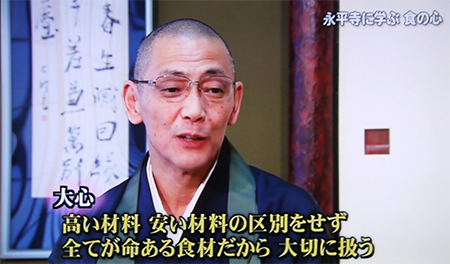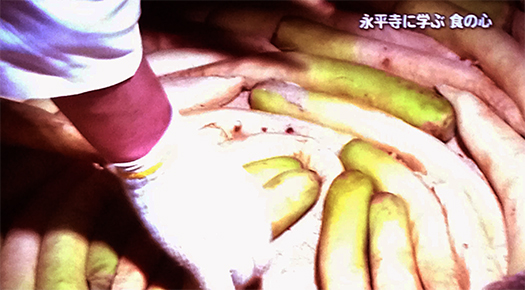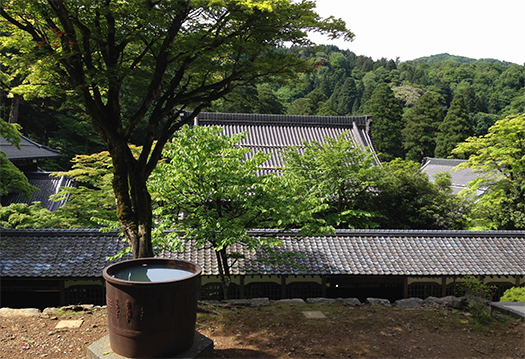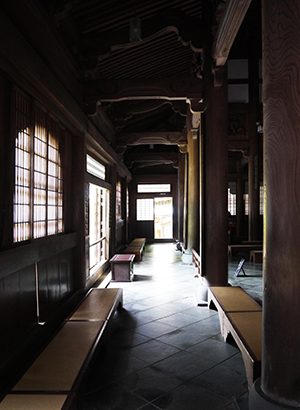
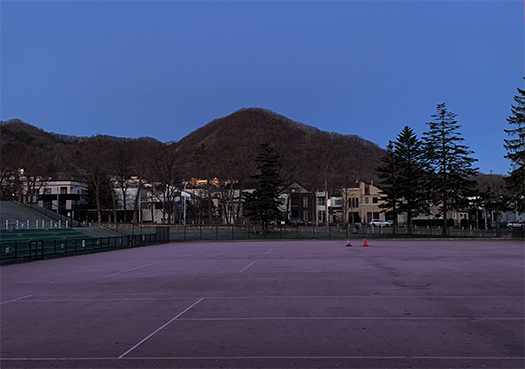
師走もついに半ば近くまで経過してきました。
ことしは温暖化の影響からか、赤潮被害が北海道東部太平洋側で見られたり、
水揚げされる魚種に変化が見られるなどしていますが、
ここ数日、朝の気温低下はようやく零下になってきている。
「やだな〜」というのが最初の気分なんですが、
そこは北海道ネイティブ、徐々に「しょがない、元気にやるぞ」と
気分転換してくるようになる。
ようするに気分の夏冬モード変換というDNA的な対応がはたらくのでしょう。
写真はわが家周辺の「琴似発寒川」にかかる橋の上から
周辺の山地を見晴らした様子と、これもわが家からの散歩路の
北海道神宮隣接地から三角山をテニスコート越しに見た様子。
気付きにくいかもですが、コート面が白く凍結していて、清々しい。
山はまだ降雪していなかった日の様子。
一方上の写真は、幾段もの落差緩和のための滝状の水流。
そういえば一昨日だったか、この水流に沿ってキタキツネと目が合った。
警戒の視線を交わし合うけれどすぐに共生感が優勢になる。
ことしはこのような水路を伝ってヒグマたちが札幌市民を脅かした。
この写真の左手側の高台付近でヒグマの目撃があり映像でも捉えられていた。
そしてその後ヒグマはこの水路に沿って山方向に逃走したとされる。
ことしはいまだにときどき札幌市からの通信情報でヒグマの目撃情報が。
降雪があって寒気が深まっていけば、かれらは冬眠してくれるので
しばしの間は対ヒグマの相互安全保障期間が設定されますが、
しかしことしの状況から人間社会の改善点はほとんど見られないので、
来年以降、さらにヒグマと人間社会の遭遇状況が進展する可能性。
そんなすべてを水に流すような水流の豊かさに癒される。
身を切るほどに寒気が深まっているでしょうが、
北海道の寒さの底にはどうもあたたかさも感じられる。
ヘンな言い方なのですが、積雪してくれるとその下の地面は
雪という「断熱材」で保温されて放射冷却がそれほどはたらかなくなる。
春まで雪で景観が保護されてあたたかくなると一気に緑豊かになる。
そういう四季変化の輪廻転生がなかなか「色気がある」。
感染症で社会は大きく揺らぎ、観光はキビシイ状況が続いていますが、
北海道の自然は豊かさをキープしています。
ぜひみなさん、北の地をお見捨てなく・・・。
English version⬇
[Finally a winter-like morning … in Sapporo]
December has finally passed to the middle.
Perhaps because of the effects of global warming, red tide damage has been seen on the Pacific side of eastern Hokkaido.
There are changes in the fish species that are landed, but
In recent days, the temperature drop in the morning has finally fallen below zero.
The first feeling is “No!”
There, a native of Hokkaido, gradually said, “There is no such thing, I’ll do my best.”
You will change your mood.
The DNA-like correspondence of changing the mood to the summer-winter mode will work.
The photo is from the top of the bridge over the “Kotonihassamu River” around my house.
A view of the surrounding mountains and this is also a walking path from my house
A view of Mt. Sankaku over the tennis court from the land adjacent to Hokkaido Jingu Shrine.
It may be hard to notice, but the coat surface is white and frozen, and it is refreshing.
The mountain was on a day when it hadn’t snowed yet.
On the other hand, the photo above is a waterfall-like stream for alleviating the head.
Speaking of which, maybe the day before yesterday, I met a red fox along this stream.
Although they exchange vigilant gazes, the sense of symbiosis eventually becomes predominant.
This year, brown bears threatened the citizens of Sapporo along such a waterway.
A brown bear was witnessed near the hill on the left hand side of this photo and was captured in the video.
After that, the brown bear is said to have escaped toward the mountain along this waterway.
This is still the occasional brown bear sighting information from Sapporo City.
If there is snow and the chills get deeper, they will hibernate.
For a while, a mutual security period against brown bears will be set,
However, since there are few improvements in human society due to this situation,
From next year onward, the encounter between brown bears and human society may develop further.
You will be healed by the abundance of water flow that makes all of that flow into the water.
The chills will be deep enough to cut yourself,
You can feel the warmth at the bottom of the cold in Hokkaido.
It’s a weird way of saying, but when it snows, the ground below it
It is kept warm by the “insulation material” called snow, and radiative cooling does not work so much.
When the landscape is protected by snow until spring and it becomes warm, it becomes lush at once.
Such reincarnation of the four seasons is quite “sex appeal”.
Society has been greatly shaken by infectious diseases, and tourism continues to be difficult.
The nature of Hokkaido keeps its abundance.
By all means, don’t abandon the northern land …
Posted on 12月 14th, 2021 by 三木 奎吾
Filed under: 「都市の快適」研究, 日本社会・文化研究 | No Comments »



